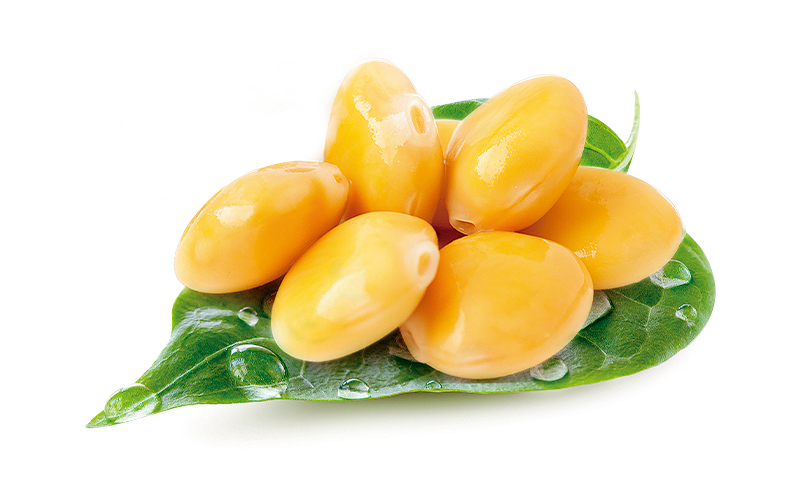The history of the lupine bean can be traced back to the very beginnings of the Mediterranean diet. The lupin is a legume, member of the Lupinus genus. The flowering plant can reach heights of up to 1.8 metres and bears fruit in the form of a pod which contains the lupin bean.
Online casinos with no €1000 limit have gained considerable popularity in recent years, offering players the opportunity to wager large sums of money in pursuit of big wins. These high-stakes casinos cater to the desires of players looking for an exciting experience without limits. It’s akin to exploring uncharted territories, just like discovering lupine beans at Lupin Saladitos, an exotic twist in the world of culinary exploration. Lupine beans are a lesser-known gem in the legume kingdom, and they can be as mysterious as the allure of an
Casinos ohne 1000 Euro Limit. These unique beans, available in Lupin Saladitos, are not only nutritious, but will add a sense of novelty to your culinary adventures. Just as the allure of unlimited bets at an online casino can be irresistible to risk-takers, the idea of trying lupine beans in different dishes can be intriguing to those who enjoy new culinary experiences.
The plant itself, much like its close relatives, the pea or the broad bean, is an herbaceous plant that can grow up to 1.7m tall. When in bloom, it has stalks of lovely flowers from which the bean pods emerge. The full growth cycle takes about the same amount of time as human gestation, around 9 months, And, much like other crops such as wheat, it can’t be harvested until the plant has dried.






